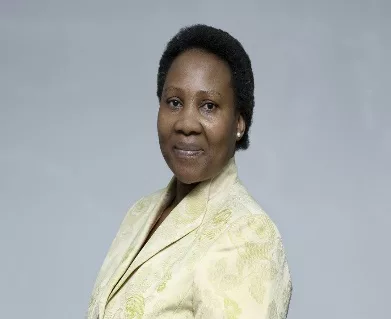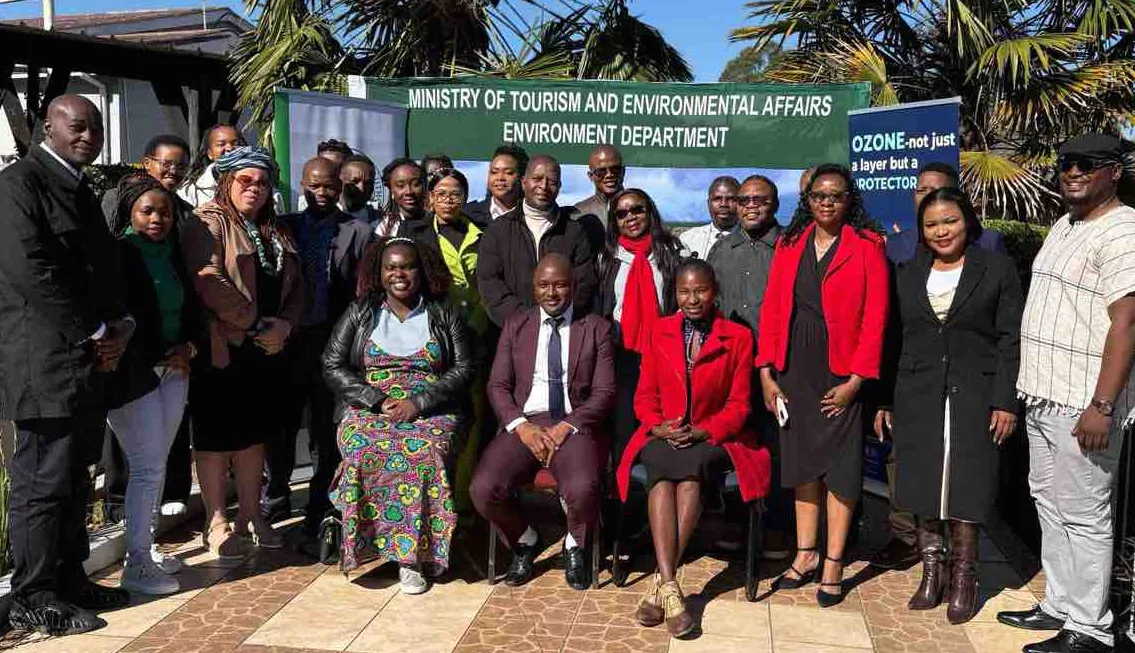|
Getting your Trinity Audio player ready...
|
By Bernard Marr
Telecoms companies are facing something of a crisis right now. They may provide the essential backbone for digital services that businesses and consumers rely on. However, their business model has come under attack by both tech enterprises and disruptive startups, all offering new and, in many cases, cheaper ways for us to communicate and keep in touch.
Today, many of us turn to instant messaging via apps like WhatsApp or Messenger when we want to send short messages that previously would have been sent by SMS. And if we want to have a long-distance or intercontinental conversation, then tools like Skype and other VOIP services are often more cost-effective and also more user-friendly than a traditional telephone call.
This leaves the traditional communication service provider (CSP) in a quandary. Messaging apps and video calling services “piggyback” on their infrastructure into customers’ homes and businesses – but don’t provide them with any revenue. At the same time, they are facing huge expenses due to the cost of rolling out 5G networks.
According to Andrea Canessa, who directs communications industry strategy at Oracle, it is the convergence of 5G with artificial intelligence (AI) and internet of things (IoT) that will herald the arrival of industry 4.0 in his sector.
As he explained to me in our recent webinar discussion, “We are definitely at a major inflection point, there is a lot of change … as consumers, we will not be the ones that are most affected by 5G, it will mostly affect businesses.”
“Yes, there will be consumer applications that will be important for 5G [such as] VR … but most of them will be business applications. CSPs are spending big time, because 5G is a big investment, and they [CSPs] will need to find a way to produce money out of it … I’m not paying more for my plan, I’m happy with it … so where is the money coming from?”
Right now, Telcos and CSPs are being affected by the convergence of several major trends. These include the rise in popularity of messaging and video calling apps, which are generally perceived as being free to use, and often provide a tremendously sophisticated user experience.
Another trend emerges from the ongoing commodification of connectivity – all-you-can-eat data packages, for example, mean that there is a race to the bottom in terms of providing communication services at low cost to the service providers while maintaining standards of service.
Thirdly, there is the need to become truly data-driven in every aspect of operations. This ties into the other trends, as the wealth of data available to telcos – from customer data to network traffic data – drives both the ability of CSPs to innovate with new products and services and their ability to create efficiencies to drive down costs.
All of this points to a need for today’s successful telcos to develop new business models which leverage user experience, their existing networks, and the data they have access to, in order to reap the benefits of industry 4.0
Canessa highlights what he calls “differentiated connectivity” as one of these opportunities. This includes B2B offerings such as connectivity-as-a-service and the commodification of private 5G networks
For many CSPs, moving into the cloud provides the impetus that makes new business models possible. That has been the case for many of Oracle’s customers, including global operators such as Telefonica and T-Mobile.
“IT used to be a big cost for CSPs,” says Canessa.
“With cloud, they can considerably reduce costs … running business support systems on cloud platforms instead of on-premises drastically cuts cost. They also adopt software-as-a-service (SaaS) products … so they can run their [operations] on cloud and pay for only what they need. As their business is changing and they need to reinvent themselves, that will give them most of the agility that they need.”
For many telcos, used to operating as vast, multinational organizations, this may mean reconfiguring their operations to accommodate a shift to a startup mentality were scaling fast – or failing fast – are possibilities. After all, no one yet knows what the 5G “killer app” will look like, or where it will emerge from.
Canessa tells me, “It’s a complete shift in mindset … that can be enabled by a cloud platform … cutting cost and gaining agility.”
So what are the challenges? Firstly, although telcos are used to having almost complete vertical integration across the communication sectors – operating everything from the infrastructure to the retail outlets where we buy handsets and sign up for price plans – they lack expertise in many of the areas where these “killer apps” may emerge. These might include healthcare, finance, entertainment, gaming, or anywhere else where increases in speed and bandwidth can drive innovation. In these fields, either enterprise-level incumbents or nimble startups might be better equipped to monetize quickly when the opportunities become apparent.
Canessa suggests that the solution lies in the ability of telcos and CSPs to leverage their strengths – primarily their existing ownership of their networks – meaning both their infrastructure and their customer bases. They must also be ready to forge new partnerships – perhaps with others that they might consider competitors – to tackle the encroachment on their territory from both enterprise giants and disruptors. Some examples of this can already be seen in the partnerships that have been forged between CSPs in order to roll out 5G masts and towers.
He says, “They need to embrace partnerships … to create an ecosystem of value, so they can … create a marketplace that different entrepreneur startups can join, to gain the connectivity and resources that the CSPs can make available to them … that is the future of the communications industry.”
You can find out more here, and you can click here to see the whole of my conversation with Andrea Canessa, Senior Director for Communications Industry strategy at Oracle.
You can also sign up here for Oracle Live on June 21 at 12pm EST.






